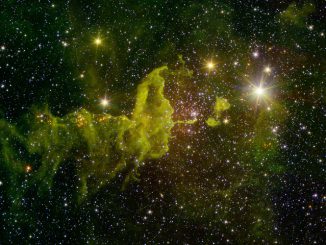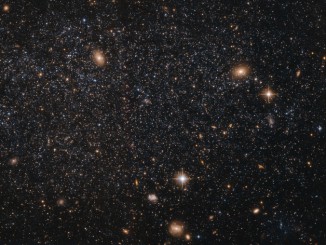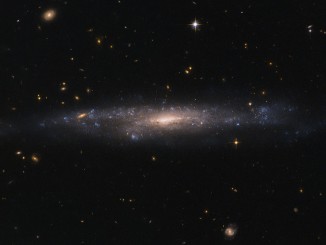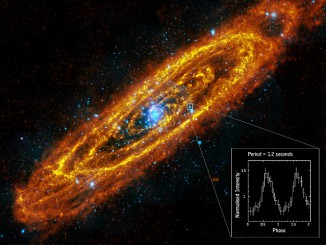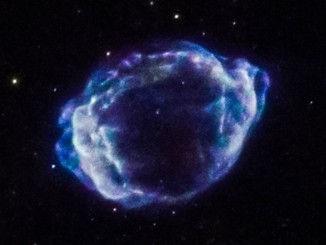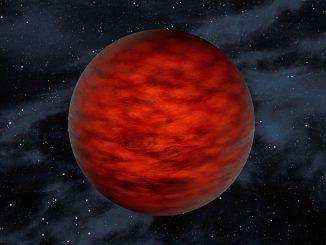
Lone planetary-mass object found in a young star family
Astronomers have found a free-floating object called WISEA 1147, thought to be an exceptionally low-mass “brown dwarf,” which is a star that lacked enough mass to burn nuclear fuel and glow like a star. Reasearchers using data from NASA’s WISE and 2MASS sky surveys found the object in TW Hydrae — a young, 10-million-year-old association of stars.

